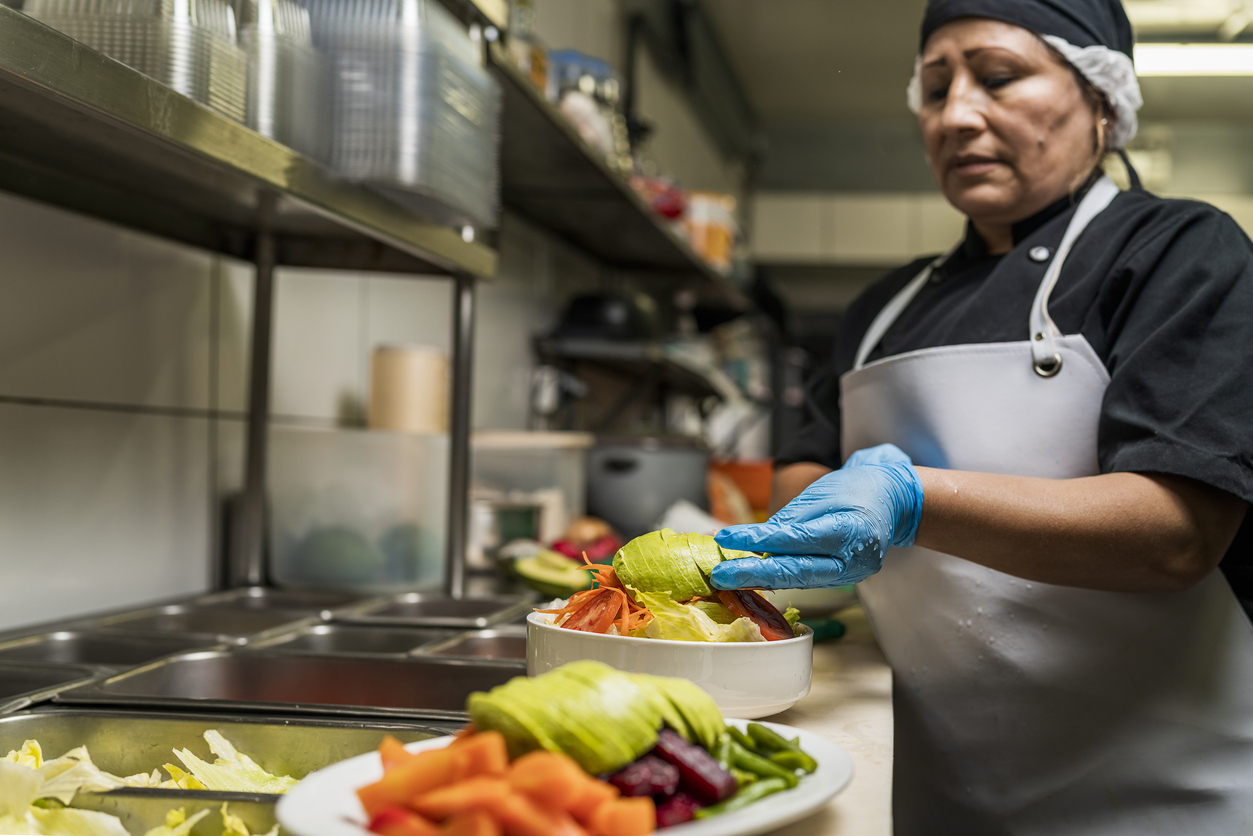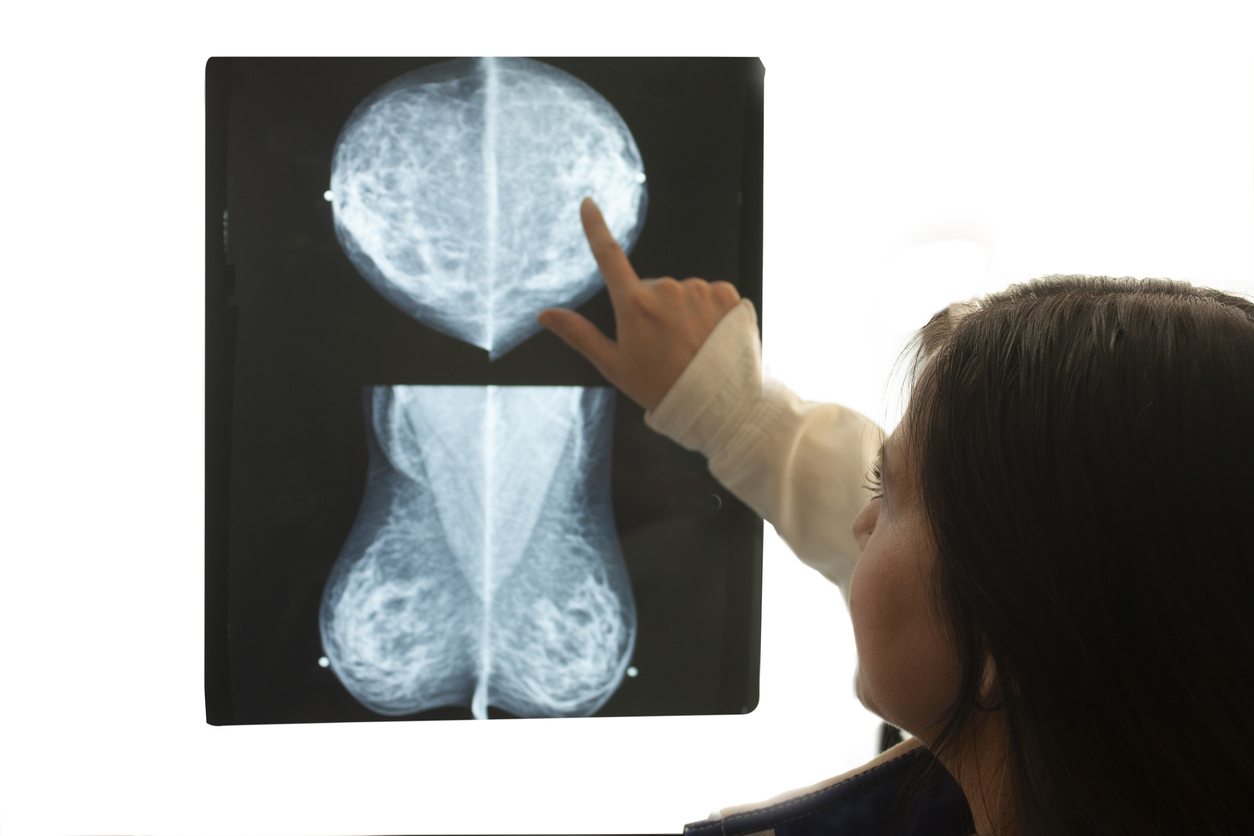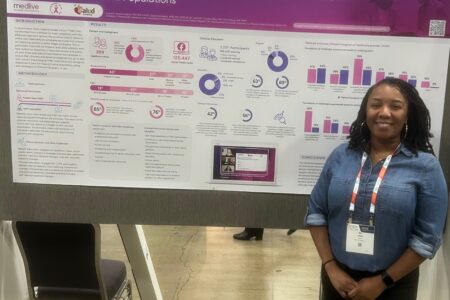
Share On Social!
Latinas make, on average, 52 cents for every $1 that white men make.
This historic pay gap has worsened over time and contributes to poor health, especially in Latinas with expensive, chronic conditions, such as breast cancer.
Breast cancer is one of the most expensive cancers to treat. It also happens to be the most diagnosed cancer and leading cause of cancer death among Latinas.
In honor of Breast Cancer Awareness Month (October), we’re highlighting how unfair Latina pay negatively impacts Latina breast cancer health outcomes and survivorship.
Why Does the Latina Wage Gap Exist?
Women in general earn 82% of what men earn.
The reasons for this wage gap are multifaceted, according to Pew Research.

Half of US adults blame the employer for wage differences, agreeing that women are treated differently than men in the workplace. Others point to women making different choices about work-life balance, which impacts career growth.
Harmful perceptions, mistreatment, and occupations also play a role, especially for women from overlooked communities.
For example, there are a lot of Latinas in low-paying jobs, such as food service.
“Research shows that women are underpaid compared to men in nearly every job in food service, even after accounting for tips,” according to the American Association of University Women.
In addition to being overrepresented in low-paying jobs, Latinas are underrepresented in higher-paying jobs (1%), such as engineering and computing. This is partly due to a lack of access to higher education.
However, more Latinas are graduating from college than ever before, which further highlights the complexities of solving the Latina pay gap.
No matter the reason for these unjust pay disparities, they hit Latinas hard, making it difficult to afford everyday expenses, like childcare, groceries, and housing.
Unforeseen expenses – such as those associated with a breast cancer diagnosis – are even harder to manage.
Latinas and the Cost of Breast Cancer
Breast cancer is one of the most expensive cancers to treat because it often requires multiple treatments.
 In fact, 61% of cancer patients and survivors find it somewhat or very difficult to afford their care, according to the American Cancer Society Cancer Action Network.
In fact, 61% of cancer patients and survivors find it somewhat or very difficult to afford their care, according to the American Cancer Society Cancer Action Network.
Due to the pay gap, women, especially Latinas, are more likely than men to be economically insecure even before their diagnosis.
Unfortunately, income plays a significant role in breast cancer prevention, treatment, and survivorship, according to a new report by Susan G. Komen.
Rent, gas, utilities, and food are the greatest financial challenges to breast cancer treatment, leaving patients forced to choose between medical appointments and medications or paying for everyday necessities.
To make matters worse, a new report by Deloitte finds that women pay 18% more than men in out-of-pocket healthcare expenses, excluding pregnancy-related expenses.
These out-of-pocket expenses include early-age annual checkups, gynecological examinations, breast cancer imaging, and menopause-related care.
“This combination of higher healthcare expenditures and the wage gap can negatively impact the financial and health [standard] for employed women, potentially creating a choice between the care women need and the care they can afford,” according to the Deloitte report.
Advocating for Better Latina Pay
These unjust financial struggles that fuel health differences have spurred a national movement for fair Latina pay.
Angelica Cazares of Houston, Texas, is one such Latina fighting for this cause.

Through community partnerships and support from her husband and team of Latina coworkers, Anjelica organized, coordinated, and hosted Houston’s first Latina [Fair] Pay Dinner on Dec. 8, 2022.
The dinner was full of meaningful conversations that spurred connections and collaborations among Houston’s most passionate, career-driven Latinas.
A key topic of conversation was the professional challenges that Latinas face and how these differences contribute to uneven pay.
In 2023, Angelica is hosting a Latina [Fair] Pay Brunch on Oct. 8 and is expecting an even bigger turnout than 2022.
“It’s time for us as Latinas to step into our own innate ability to lead without second-guessing ourselves,” Anjelica said.
Other organizations, such as the Institute for Women’s Policy Research and the Labor Council for Latin American Advancement are also doing their part to address the Latina pay gap through policy change.
Health insurers and employers can do their part, too, according to the Deloitte report.
For instance, they can reevaluate and redesign benefit coverage to alleviate the financial strain on women and foster fairness within organizations. This practice could help promote optimal health and well-being for all.
“Just as the ‘pink tax’ highlights price discrepancies in consumer products, the healthcare sector and employers should address these [differences] to help ensure a fair and accessible healthcare system for everyone,” according to the Deloitte report.
Breast Cancer Financial Resources and Data
Cancer can be devastating – and it can be expensive.
As mentioned above, many women struggle to afford breast cancer treatment and everyday expenses. That’s where Komen’s Patient Care Center, staffed by patient navigators, can help.
Learn more about Komen’s Patient Care Center.
You can also explore the financial status of your community.
Select your county and get a Health Report Card by Salud America! at UT Health San Antonio.
In your Report Card, you will see local maps, data, and gauges to compare health improvement issues, including median household income, cost-burdened households, transportation cost burden, population below poverty level, cancer incidence, cancer mortality, and more.
Email your Health Report Card to community leaders, share it on social media, and use it to make a case to address people’s health where help is needed most!
By The Numbers
142
Percent
Expected rise in Latino cancer cases in coming years



